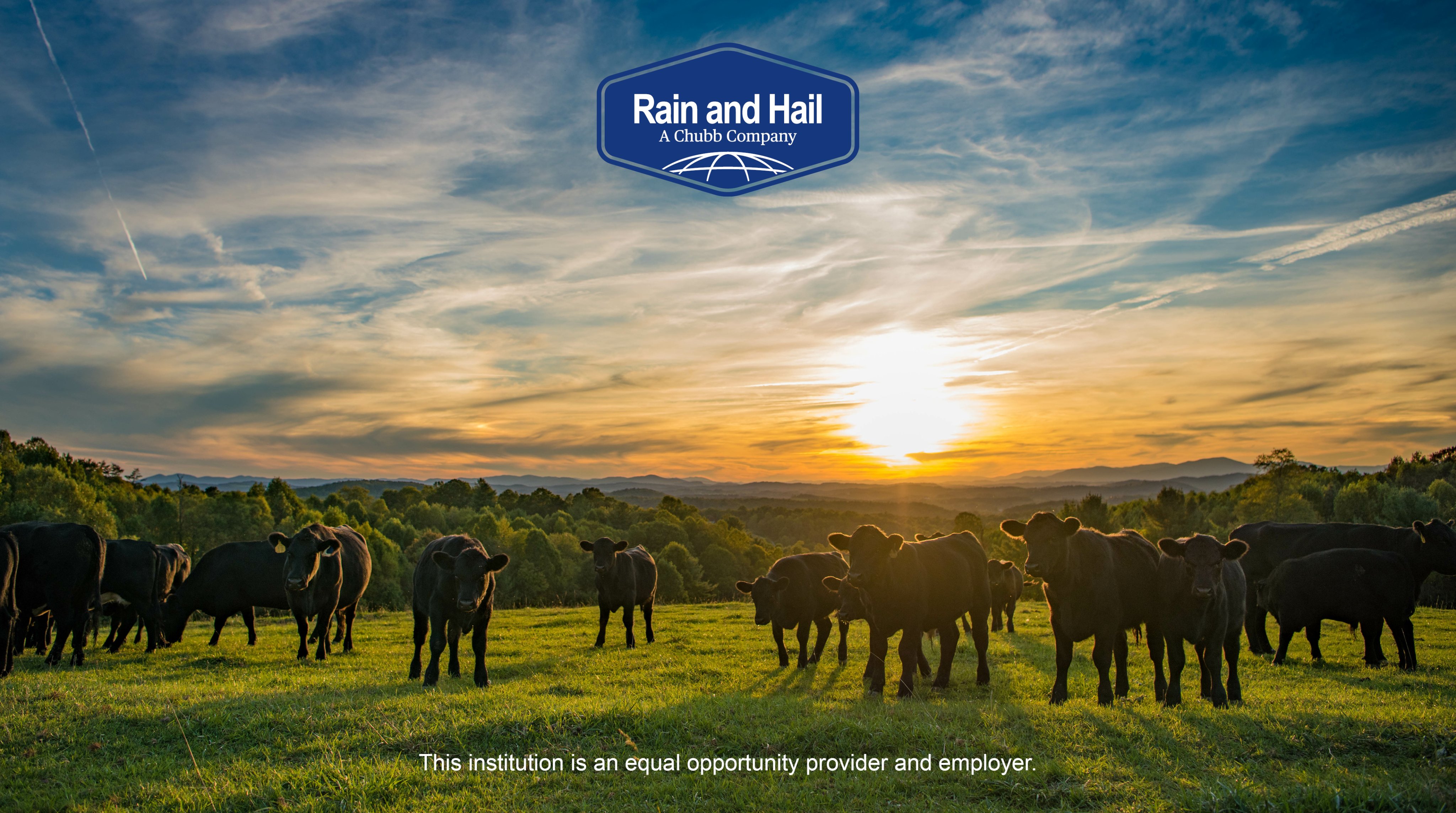Navigating Organization Risks with Bagley Risk Management
Navigating Organization Risks with Bagley Risk Management
Blog Article
Trick Factors to Take Into Consideration When Picking Livestock Danger Security (LRP) Insurance Coverage
When assessing choices for Animals Threat Security (LRP) insurance policy, numerous vital elements call for cautious factor to consider to make sure efficient risk management in the farming market. Choosing the appropriate protection choices tailored to your specific animals procedure is extremely important, as is recognizing just how superior prices correlate with the level of defense used.
Protection Options
When considering Animals Threat Security (LRP) insurance policy, it is crucial to recognize the numerous insurance coverage options offered to mitigate dangers in the agricultural market. Animals Risk Protection (LRP) insurance policy offers various insurance coverage alternatives tailored to satisfy the diverse requirements of livestock producers.
An additional vital protection alternative is the endorsement period, which establishes the length of time the insurance coverage holds. Producers can choose the endorsement period that best matches their manufacturing cycle and market problems. Furthermore, coverage degrees and prices differ based on the kind of livestock being insured, giving manufacturers the versatility to personalize their insurance policy plans according to their details requirements.
Recognizing the different coverage choices available under Livestock Danger Security (LRP) insurance is vital for producers to make enlightened choices that efficiently shield their animals procedures from market unpredictabilities.
Premium Costs

Animals Risk Protection (LRP) insurance coverage supplies crucial coverage choices tailored to mitigate dangers in the farming industry, with a substantial facet to consider being the estimation and framework of premium expenses. These consist of the type and number of livestock being insured, the insurance coverage level selected, the present market prices, historical rate data, and the size of the coverage period.
Premium expenses for LRP insurance coverage are commonly computed based upon actuarial data and risk assessment versions. Insurance firms analyze historic data on livestock rates and manufacturing prices to figure out a suitable costs that reflects the level of danger entailed. It is vital for livestock producers to thoroughly evaluate premium costs and coverage choices to ensure they are adequately shielded versus prospective financial losses due to unfavorable market conditions or unpredicted events. By understanding how superior prices are computed and structured, manufacturers can make educated choices when picking the ideal LRP insurance coverage plan for their operation.
Eligible Livestock
The determination of qualified animals for Livestock Risk Protection (LRP) insurance coverage entails careful factor to consider of particular standards and characteristics. Animals kinds that are normally qualified for LRP insurance coverage consist of feeder livestock, fed swine, livestock, and lambs. These pets should fulfill certain certifications connected to weight arrays, age, and meant usage. In addition, the eligibility of livestock might vary based on the details insurance coverage copyright and the terms of the policy.
Feeder cattle, for instance, are commonly qualified for LRP insurance coverage if they fall within specified weight ranges. Lambs are another group of livestock that can Look At This be taken into consideration for LRP insurance policy, with variables such as weight and age playing a vital duty in establishing their qualification.
Before picking LRP insurance coverage for animals, producers must thoroughly examine the qualification requirements detailed by the insurance copyright to ensure their animals satisfy the needed needs for protection.
Policy Adaptability
Policy versatility in Livestock Risk Protection (LRP) insurance policy permits producers to customize insurance coverage to match their particular needs and risk management techniques. This flexibility encourages animals producers to tailor their insurance policy plans based on variables such as the type of animals they own, market problems, and private risk tolerance levels. By providing customizable options, LRP insurance policy allows manufacturers to effectively manage their danger exposure while safeguarding their animals operations versus unanticipated market volatility.
Claims Refine
Upon experiencing a loss or damages, manufacturers can start the cases procedure for their Animals Risk Protection (LRP) insurance coverage by immediately calling their insurance policy copyright. It is vital for producers to report the loss asap to speed up the insurance claims procedure. When connecting to the insurance company, producers will require to provide detailed details about the event, including the day, nature of the loss, and any kind of pertinent documents such as vet records or market prices.

After the analysis is total, the insurance coverage supplier will choose regarding the insurance claim and communicate the result to the manufacturer. If the claim is get more authorized, the manufacturer will receive compensation according to the regards to their Livestock Threat Security (LRP) insurance coverage. Bagley Risk Management. It is necessary for manufacturers to be accustomed to the claims procedure to make sure a smooth experience in case of a loss

Final Thought
Finally, when picking Livestock Risk Defense (LRP) insurance, it is vital to think about protection options, premium costs, qualified livestock, policy versatility, and the cases process. These key aspects will assist ensure that farmers and ranchers are adequately protected versus potential risks and losses description linked with their animals procedures. Making an educated decision based on these considerations can eventually result in far better economic safety and tranquility of mind for livestock producers.
Animals Threat Protection (LRP) insurance coverage provides different insurance coverage options tailored to fulfill the diverse requirements of livestock manufacturers.The resolution of qualified livestock for Livestock Threat Defense (LRP) insurance protection entails mindful consideration of specific standards and features.Plan adaptability in Livestock Threat Defense (LRP) insurance coverage enables manufacturers to customize protection to suit their details requirements and run the risk of administration approaches.Upon experiencing a loss or damages, producers can launch the insurance claims procedure for their Animals Threat Protection (LRP) insurance policy by promptly calling their insurance copyright.In conclusion, when choosing Animals Danger Security (LRP) insurance, it is essential to take into consideration protection choices, premium expenses, qualified livestock, policy adaptability, and the claims process.
Report this page